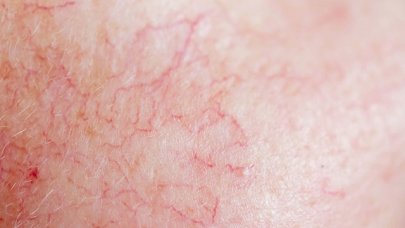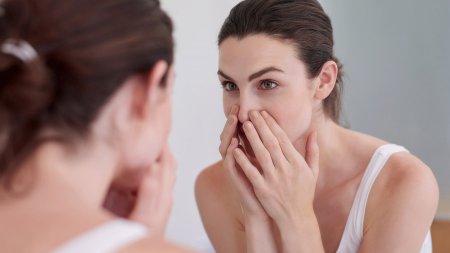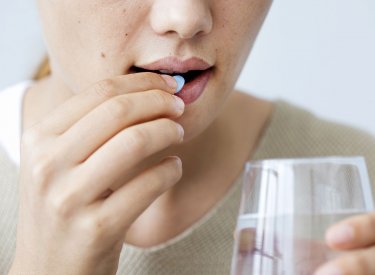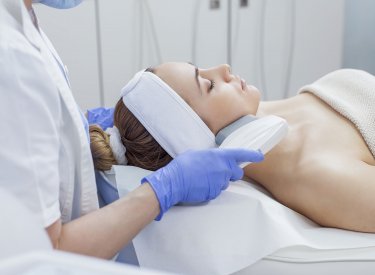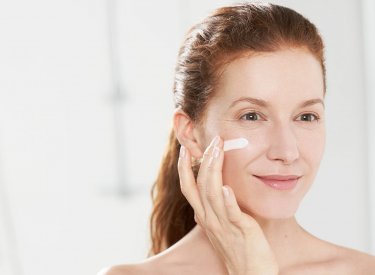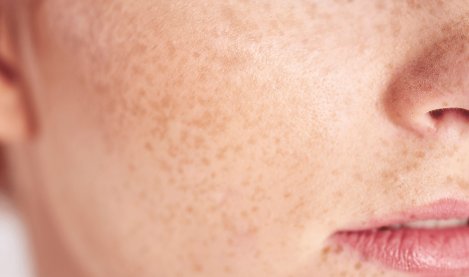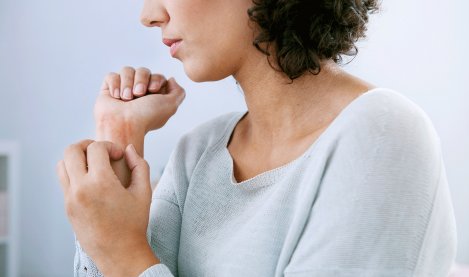Couperosis is a dilation of small superficial skin vessels in the papillary dermis. The papillary dermis refer to the uppermost layer of the dermis and is highly vascular, feeding nutrition to select layers of the epidermis. The medical term corresponding to vascular dilation is telangiectasias.
The network of superficial vessels forms a "capillary system" made of reddish linear lines on the face. Some of this network’s parameters may vary, depending on the person and his/her skin type, the age of the process, and the internal, external or changes in temperature. The vessels are more or less wide and their colour ranges from bright red to purple or even bluish.
The topography varies but is usually relatively symmetrical on the face. Sometimes only the nostrils are affected, but can more commonly be seen across the cheekbones or the cheeks. In severe cases however, telangiectasias may present across the entire face.
When the tree branches in telangiectasias are difficult to see with the naked eye and redness dominates; this is called erythrosis.

